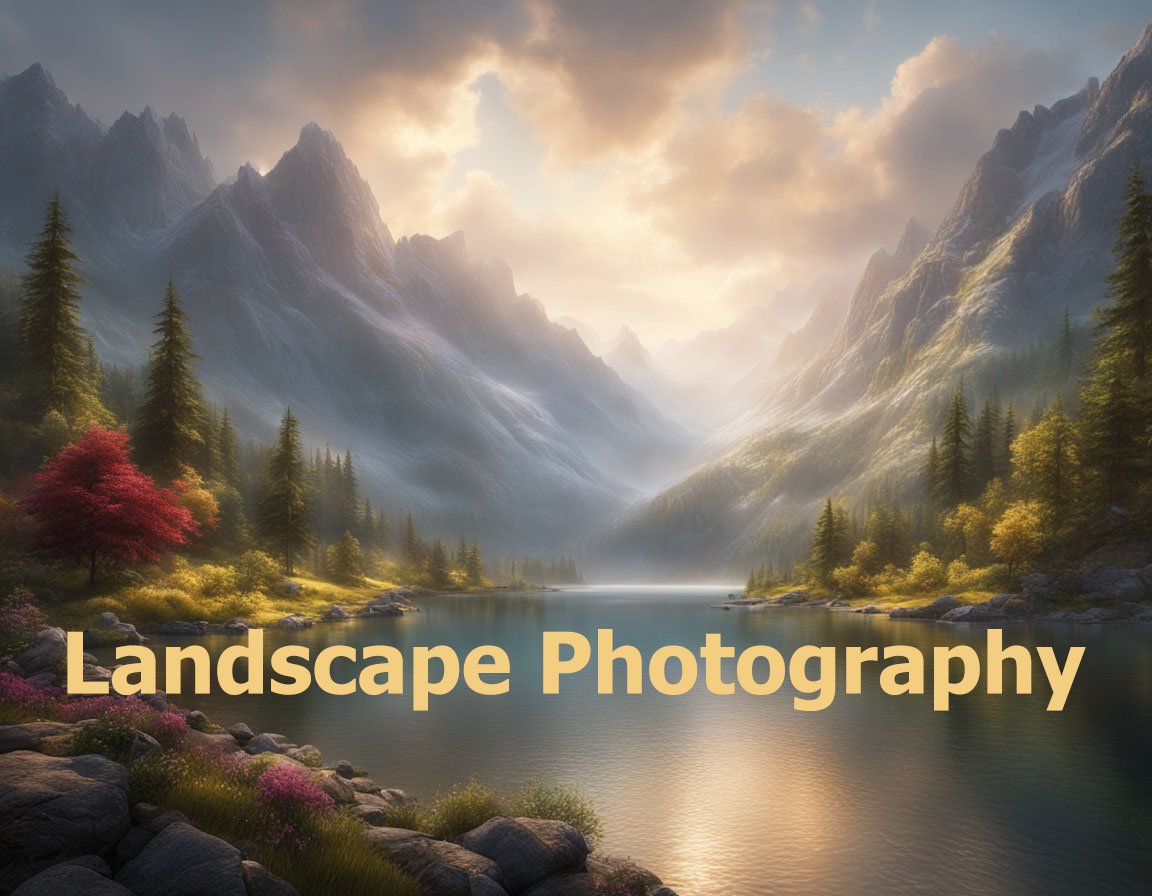Understanding Leading Lines in Photography
Leading lines are one of the most compelling compositional tools in photography. They are used to direct the viewer’s attention to key elements within a photograph. By naturally guiding the eye through a scene, leading lines can enhance the visual narrative and add depth and interest to an image.
The Basics of Leading Lines
Leading lines are simply lines that appear within the composition of a photograph and direct the viewer’s gaze. These lines can be found anywhere—roads, fences, rivers, even patterns in clothing. What matters is how they operate within your frame.
Types of Leading Lines
There are several types of leading lines that photographers often use:
Converging Lines
These lines draw towards a single point, creating a sense of depth. A classic example is a road stretching into the horizon.
Diagonal Lines
Diagonal lines convey movement and dynamism. They can lead the eye across the frame in a way that is more energetic than horizontal or vertical lines.
Curved Lines
Curved lines gently guide the viewer’s eye. They can create a sense of comfort and natural flow, such as the bend of a river or the curve of a hillside.
Vertical and Horizontal Lines
These lines create a sense of stability and structure. Vertical lines can convey power and strength, while horizontal lines offer rest and tranquility.
Maximizing the Impact of Leading Lines
Composition Techniques
Knowing how to incorporate leading lines into your composition is essential for maximizing their impact.
Choosing the Right Lens
The lens you choose can significantly affect how leading lines are presented. Wide-angle lenses tend to exaggerate the perspective of leading lines, making them appear more dramatic. For more subtle effects, a standard lens does the trick.
Positioning the Lines
How you position leading lines in your frame can change the way a viewer interacts with the photograph. Lines leading from the bottom corner towards the center are most effective in drawing the viewer into the scene.
Intersection and Interaction
Consider how leading lines intersect with the subject of your photograph. Lines that guide the viewer’s eye to a subject can create a more cohesive and engaging story.
Enhancing Emotional Impact
Leading lines are not just tools for guiding the eye; they can also enhance the emotional resonance of a photograph.
Creating Mood
The type and direction of leading lines can influence the mood. For example, gentle curves can evoke calmness, while sharp diagonals create tension. Consider the emotional reaction you wish to elicit when incorporating leading lines.
Highlighting Themes
Use leading lines to underscore themes within your work. In architectural photography, strong vertical lines can highlight themes of strength and resilience. In nature, gentle curves might emphasize harmony and peace.
Practical Applications of Leading Lines
Landscapes
In landscape photography, leading lines are invaluable for providing depth and scale. Using paths, rivers, or rows of trees to lead the eye into the distance can transform a flat image into a three-dimensional experience.
Foreground Interest
Incorporate elements in the foreground that act as leading lines. The presence of a winding road or meandering stream can transform the viewer’s experience, making them feel as though they are journeying through the landscape alongside you.
Emphasizing Scale
Using leading lines in landscapes can help emphasize the grandeur of the scene. Lines starting in the foreground and extending into the distance can amplify the sense of vastness and space.
Architecture
Architecture is ripe with opportunities for utilizing leading lines. Structural elements often provide naturally occurring lines that can be utilized to enhance composition.
Creating Order
In architectural photography, leading lines can create an impression of order and symmetry. The patterns formed by windows, staircases, or pathways can be used to draw the viewer’s eye methodically through the image.
Exploiting Angles
Look for angles in the architecture that serve as leading lines. Sharp corners, archways, or columns can guide the viewer through the complexities of a building’s design.
Portraits
While leading lines are often associated with landscapes and architecture, they can be equally effective in portrait photography.
Enhancing Focus
In portraits, use leading lines to enhance focus on the subject. Examples could include a railing leading up to the person or the lines created by wall panels directing toward the face.
Creating Context
Lines in the background or foreground can add context to a portrait, grounding the subject in a specific setting and providing an additional layer of storytelling.
Common Mistakes and How to Avoid Them
Overuse of Leading Lines
While leading lines can elevate an image, overusing them can make the composition look forced. Aim for subtlety and ensure that the lines enhance rather than overpower the subject.
Ignoring the Subject
Don’t allow leading lines to distract from the main subject. They should complement and enhance the focus rather than divert attention away from it.
Directional Confusion
Ensure the leading lines naturally guide the viewer through the image. Lines that lead the eye out of the frame or in conflicting directions can confuse rather than clarify.
Experimenting and Developing Your Style
Embrace Trial and Error
Leading lines offer a tremendous opportunity for experimentation. Try different settings, angles, and directions to find how lines best fit your photographic style.
Study Examples and Get Inspired
Look at work by other photographers to see how they employ leading lines. Analyzing successful images can provide insights and inspire new approaches to your own composition.
Refining Personal Aesthetic
As you become more comfortable with leading lines, you’ll develop a more intuitive sense of how to incorporate them into your work in ways that reflect your personal aesthetic.
By understanding and utilizing leading lines effectively, you can significantly enhance the composition, narrative, and emotional impact of your photographs. Whether you’re shooting sprawling landscapes, majestic architecture, or expressive portraits, leading lines offer endless opportunities to engage your viewers and lead them deeper into your images.


